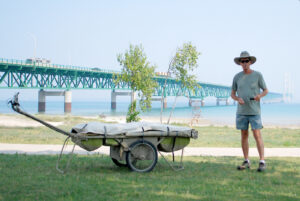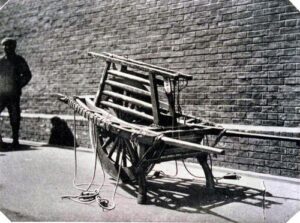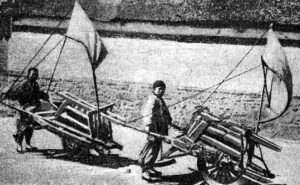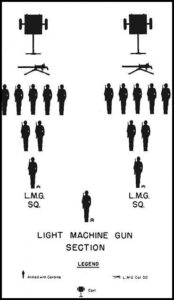
The German Army also made use of handcarts. These were designed so they could be towed by men, horses, mules, dogs or vehicles and even had their own tow hooks so a train of them could be constructed.
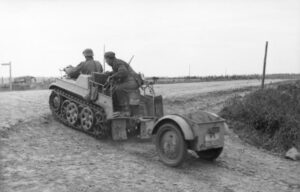

<
One thing that you notice about the military handcarts is that they are quite narrow. This is logical since the main place you would want them is where you cannot take a vehicle.
The handcart must be narrow enough to navigate a jungle trail or mountain path.
A “T” shaped shaft seems standard for military handcarts, probably since it can be more easily disengaged from than the “rickshaw” style of two shafts and a crossbar.
Some of you reading this blog will have created bug-out bags and perhaps even supply caches. How much better would your chances be if you also had a nearby handcart of additional supplies, water and equipment?
If you are building or buying a handcart there are obviously a number of features to look for.
We have mentioned the T-shaft and that narrowness is a desirable characteristic. Ideally a loaded military handcart should not be so heavy that a couple of men cannot lift it over an obstacle. If you are on your own you may want something lighter.
Being able to float the cart across a river is a desirable design feature. Some carts I have seen are narrow but about five feet long, making them suitable for transporting an injured companion in an emergency.
It may be useful if you can convert your handcart into a sled or pulk when weather requires. In fact a sled or pulk may be a good starting point for a handcart construction project.
I’ll end this discourse by looking at a few interesting alternatives to the handcart.
Wheelbarrows can be used as emergency handcarts. They have the merit that in some neighbourhoods they are fairly common.
An extension of this idea is the Chinese Big Wheel wheelbarrow. You may need some skill distributing the load in a balanced fashion but it is evident these can handle heavy loads and quite rough terrain.

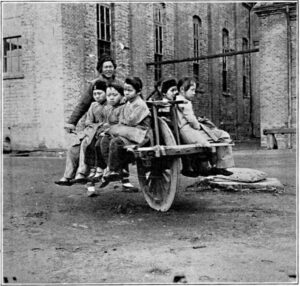
Another alternative is the Christiania Bike. (I know it is a trike, but they are usually called bikes!).
If you have visited Copenhagen you will know these are a common sight in that city.
Young Danish mothers use them to transport their children to school and then pick up a heavy load of shopping.
After dark, you sometimes see drunk couples returning home in a Christiania bike.
This culture of cycling everywhere may explain why nearly every second woman in Copenhagen is worth a second look!
The Christiania bikes are very nicely designed.
In most of them the large box at the front contains a smaller box that serves as both a seat for passengers and a locked storage compartment.
The Christiania “as is” is not really designed for rough terrain but the basic idea could be adapted to use mountain bike tires and gearing. Add a few lifting handles. One might even design it so that it can be towed like a handcart when possible.
It would be good to see vehicles like the Christiania trike using resources such as bamboo and cardboard.
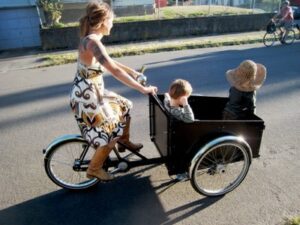
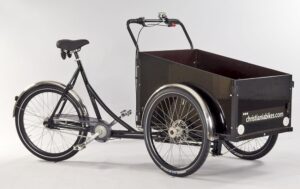
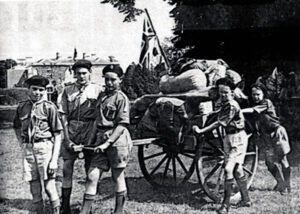


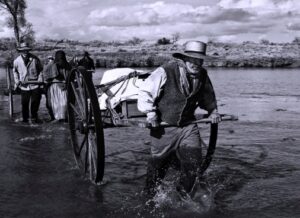

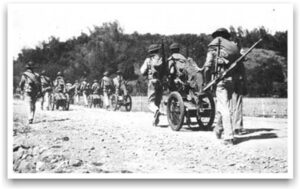
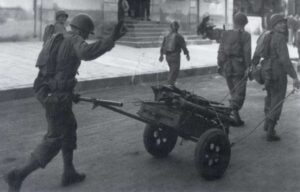


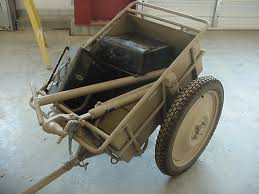

 <
<